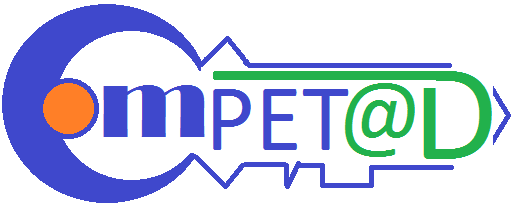Click here to REGISTER
Course Duration: 1 Day Training
COURSE DESCRIPTION:
In today’s business environment, coaching plays a vital role due to a greater appreciation of the value of an organization’s knowledge and human capital. To achieve critical results and remain competitive, many organizations nowadays are seeing the value of coaching not only as a means to shape individual performance but also, increasingly, as a means to build broader organizational capacity.
According to a survey conducted by the Institute of Leadership and Management, 80 percent of companies use coaching as a method to develop their managers. Businesses of all shapes and sizes can use coaching to encourage their employees to sharpen their communication and interpersonal skills, develop their leadership skills, deal more effectively with conflict, and learn how to motivate their employees.
Because of this, coaching needs to be seen as a type of investment in the knowledge capital of the organization, and that employees are like a portfolio of talent in which the manager needs to invest time and energy. Through coaching, managers help each employee focus on developing those capabilities that will contribute most to both individual and organizational success.
COURSE METHODOLOGY:
Creating an environment where employees can learn and use their abilities to the fullest is important not only for the current state of an organization, but also the future. Talented employees who achieve at a lower level often will be the ones to rise and take on leadership roles themselves one day.
Getting employees there requires proper coaching. The goals to do so can be broken down into four main areas:
1. Know how to have a true dialogue and honest feedback with employees
2. Learn how to give people their deserved recognition
3. Realize how you can find talent in others
4. Find out how to create a motivational workplace
WHO SHOULD ATTEND:
Team Leaders/ Supervisors
Managers / People Managers
Human Resource Managers / HR Leaders
OD Managers / Training and Development Leaders
Employee Engagement Managers
Career Counselors
Guidance Counselors
Business Owners
Company Leaders / Management Team
COURSE OUTLINE:
I. Identifying Leadership Practices
II. Leadership Challenges
III. Foundation of Coaching
IV. Building Effective Leadership Coaching Skills
a) Art of Listening
b) Intuitive Listening Skills
c) Asking Powerful Questions
d) Setting SMART Goals
e) Problem-Solving Track
V. Reviewing and Developing your Leadership Coaching Plan
Registration Instructions:
1. Fill out the registration form by clicking the link on top of this page. You may also download the MS Word attachment send it to training@competad.com
2. Our admin team shall send you shortly the Statement of Account/Confirmation of registration. Sign the statement of account to conform and finalize your registration and email the soft copy.
3. Follow the instructions in the statement of account and complete your payment.
4. Send the scanned copy of the Statement of Account and your deposit slip.
5. Should you need an official Billing Invoice, please call us at (02) 4333342 or click here for alternative numbers.



